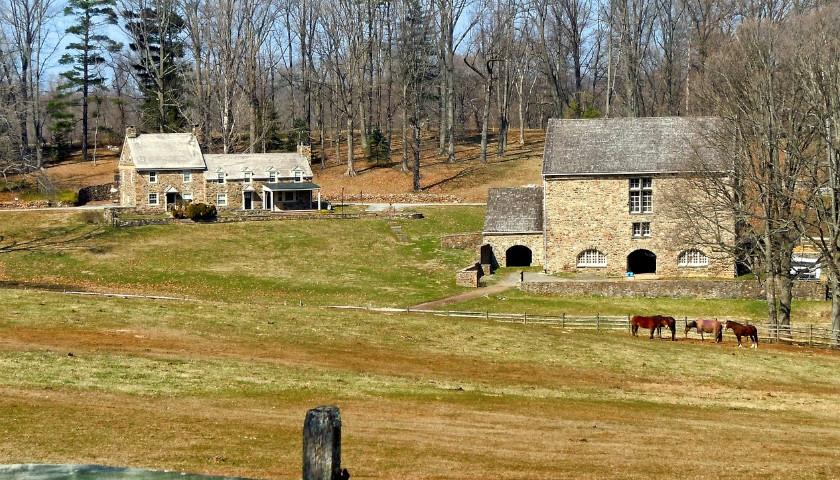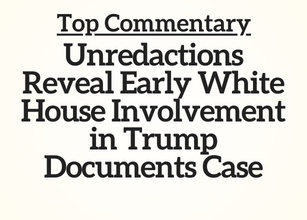by Anthony Hennen
Rural Pennsylvania has seen its population drop, with residents moving to suburbs, cities, and out-of-state.
The demand for rural life, however, isn’t always shrinking.
Sometimes, it’s a matter of figuring out who wants to live in a rural place – and marketing to them accordingly.
A study from the Center for Rural Pennsylvania says a strong education system, access to outdoor activities, and a relaxed pace of life could all help rural towns and townships grow. Changes in recent years have given rural areas an opportunity.
“A lot of moving patterns are changing due to COVID and remote work,” said co-author Joseph Hafer, an assistant professor in the department of public and nonprofit administration at the University of Memphis.
Hafer, along with Penn State University-Harrisburg Professor Bing Ran, found that people more open to relocating were married, white, with school-aged children, hold student debt, have conservative political views, and work remotely in some capacity.
Remote work might be especially crucial for low-population areas that have slower job growth. If the risk of not having work in a new town is low, the other advantages of a place might carry more weight.
Some small towns can offer more amenities than what people expect rural areas to have, Hafer said. Targeted marketing could help boost rural parts of the state, as could state-level support of community development based on local communities’ wants and needs, he noted.
Ran and Hafer recommended some straightforward policy ideas like pilot programs for relocation incentives and some more abstract ones like “foster civic engagement” and “enhance local government capacity.”
“Unfortunately, there’s no silver bullet,” Hafer said.
Previous efforts to boost rural towns have relied on tax incentives to attract big companies, he noted. Some recent efforts have focused on smaller actions and asking what locals need, like recruiting a small business to respond to specific demand.
“One person can have a big impact in a small town,” Hafer said.
The challenges for rural growth are a regional issue.
“Those changes over time, over the past few decades, are strikingly similar between western New York, eastern Ohio, western Maryland – a lot of the rural counties there have experienced prolonged population decline, due to similarities in their economic base,” Center for Rural Pennsylvania Executive Director Kyle Kopko said.
A majority of Pennsylvania’s counties – 48 of 67 – are rural, and not all of them are shrinking. Centre County around State College has grown, Kopko noted, as has Butler County outside Pittsburgh, and rural counties around the Poconos like Wayne and Monroe. There’s been growth around Somerset County thanks to ski resorts and outdoor recreation.
The researchers say too much growth can be as much of a concern as not enough growth, however. Too much growth can turn a rural area into a suburban one. Not enough growth, like with new housing when demand goes up, can price people out. The suburban threat can be seen in Butler County, while a lack of supply for affordable housing can be seen in the northeast, which attracted residents from New York.
High housing prices are “definitely a concern,” Kopko said.
Business owners have warned that high housing prices spark labor shortages, as The Center Square previously reported.
State-level action can only influence the future of the rural commonwealth so much.
“At the end of day, this is a question that each community needs to answer for themselves,” Kopko said.
– – –
Anthony Hennen is a reporter for The Center Square news wire service, covering Pennsylvania, and co-host of Pennsylvania in Focus, a weekly podcast on America’s Talking Network. Previously, he worked for Philadelphia Weekly and the James G. Martin Center for Academic Renewal. He is managing editor of Expatalachians, a journalism project focused on the Appalachian region.








